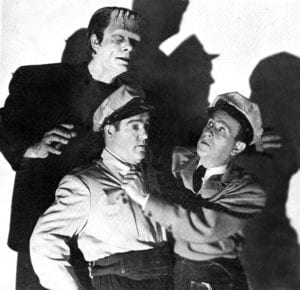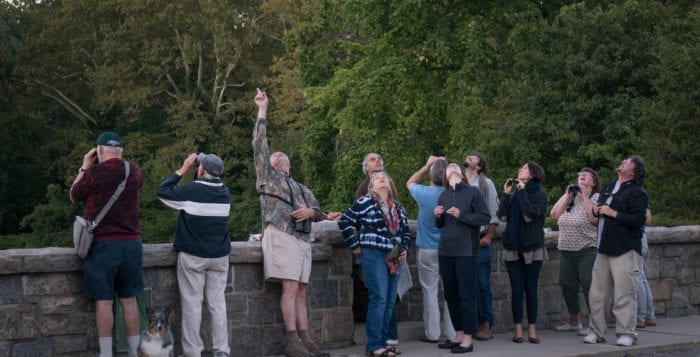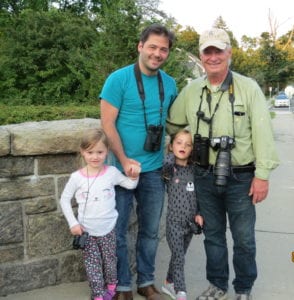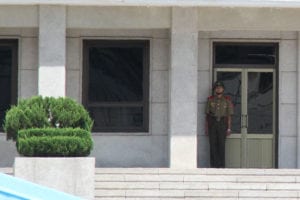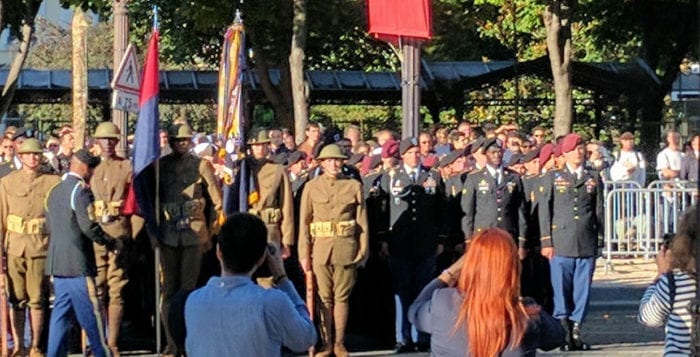By Dominic Karcic
From my very early childhood I have been exposed to the accordion, accordion music and dancing to accordion music. In my Croatian and “quasi-northern Italian” culture and upbringing, the accordion was the musical instrument of choice — “the accordion was king.”
Accordion music was always part of every major social event that I ever attended; so it was no surprise when at the age of 10 I started taking lessons. Eventually my love for the accordion became the catalyst that helped direct me to a career performing music and also a lengthy career as a music educator in the Long Island public school system.

As a longtime resident of Long Island and an active performing accordionist, I knew that there were many people who either played the accordion or used to play the accordion and that there was a vast group of people who just loved accordion music and its culture. I always felt that there was a void and lack of activities and events for the accordion locally.
Being a “dreamer,” I have always felt that a periodic accordion event if structured properly would succeed. I started to bring my dream to reality when in July of 2010 I began calling various accordionists that I knew. Everyone that I contacted agreed to participate and the rest is history.
On Aug. 3, 2010, the very first meeting of what became the Long Island Accordion Alliance, LIAA, took place at a Commack restaurant named Campagnola. This very first meeting included Joe Campo, John Custie, Charlie Fontana, Phil Franzese, Dominic Karcic, Emilio Magnotta, Ray Oreggia, Phil Prete, Franco Ruggiero and Mike Zeppetella. In January of 2011 we moved to our current home at La Villini Restaurant in East Northport.
The LIAA, made up of both professional and amateur accordionists, meets on the first Wednesday of the month with members performing solo, in small ensembles and as an orchestra. Every month we usually have a featured guest artist(s).

We are so proud that periodically some of the finest accordionists perform at our monthly event. Some of these artists have been USA and even world competition champions. These include Beverly Roberts Curnow, Mario Tacca and Mary Tokarski. Some other artists that have performed for us include Manny Corallo, Angelo DiPippo, Don Gerundo, Emilio Magnotta, Paddy Noonan, Frank Toscano, the Scandinavian group Smorgas Bandet and internationally acclaimed vocalist Mary Mancini.
Patrons come in to have dinner and listen to our music. Those who play the accordion are invited and encouraged to participate in the open-mic portion of the evening.
Our aim is to promote a love for the accordion and accordion music, bring former accordionists back to the instrument, create an environment where aficionados can attend and “celebrate the accordion and its culture.” We strive to create an atmosphere where accordionists can perform, grow musically, meet regularly, network and, in our own way, further the aims and goals of the American Accordionists Association.
On Jan. 3 of this year we were honored by a visit from Dave Anthony Setteducati, the host of “Italian America Long Island,” a Cablevision program that airs every Wednesday on Channel 115. He videotaped our event and created a very interesting and informative program that contains personal interviews with LIAA members and guests, many segments of member accordionists performing individually and also segments of ensemble playing. This program is scheduled to be featured on his Cablevision program on Wednesday, March 28, 2018.
The current alliance nucleus consists of nine accordionists including Joe Campo of Wantagh, Joe DeClemente of Bellerose, Santo Endrizzi of New Hyde Park, Dominic Karcic of Commack, Bob LaBua of East Northport, Ray Oreggia of Syosset, Phil Prete of Bethpage, Frank Scardino of East Northport and Greg Zukoff of Bellmore.
In August 2018 we will be celebrating our eighth anniversary. We feel so proud that the formula we created works. We hope our success is an incentive to “other dreamers” out there to take the plunge and create their own local “accordion club.”
The LIAA usually meets on the first Wednesday of the month at 6 p.m. at La Villini Restaurant, 288 Larkfield Road, East Northport. Reservations are highly recommended. For more information, call 631- 261-6344.



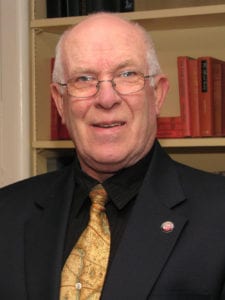



 I can’t remember a time when I wasn’t enamored with Halloween and, by default, horror in general. It could be argued that my birthday falling in late October has something to do with an obsession with the macabre, but I can’t help but think it goes way beyond that.
I can’t remember a time when I wasn’t enamored with Halloween and, by default, horror in general. It could be argued that my birthday falling in late October has something to do with an obsession with the macabre, but I can’t help but think it goes way beyond that.